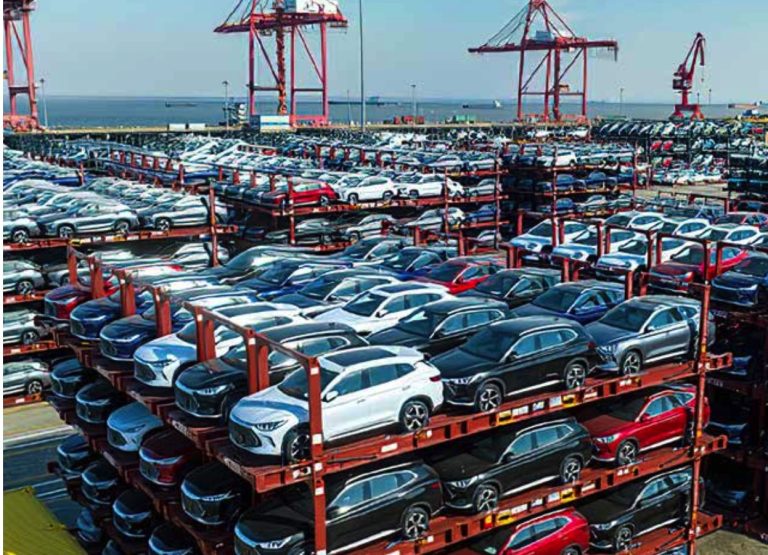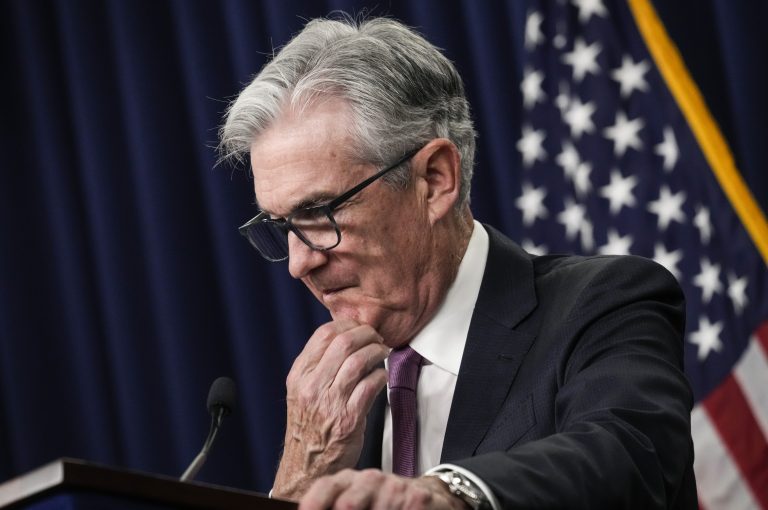As the 2024 election intensifies, the economic platforms of former President Donald Trump and Vice President Kamala Harris reveal vastly different visions for the future of America’s economy. While Trump emphasizes deregulation, tax cuts, and policies that favor business growth and energy independence, Harris advocates for more progressive reforms focused on wealth redistribution, social equity, and climate-conscious investments.
Each candidate’s tax policy is vastly different. Harris favors raising taxes on corporations and the country’s highest earners, in line with Biden’s budget. However, she broke with Biden on raising the capital gains tax, saying she supports a 28 percent rate for those earning more than $1 million, compared with 44.6 percent for Biden. Currently the rate is 23.6 percent.
Trump, on the other hand, is promoting a tax scheme similar to his 2017 policies. The top tax rate would be lowered to 37 percent from 39.6 percent, while the corporate tax rate would stay at 21 percent, while Democrats hope to raise it to 35 percent.
One of Harris’ more controversial proposals is applying a minimum 25 percent tax on unrealized capital gains for people with a net worth of more than $100 million.
Margaret Qu, a YouTuber and Certified Public Accountant (CPA) who hails from the Bay Area in California, criticized the policy as a radical move that amounts to extortion, since it would tax people on potential earnings that do not actually exist. Such a policy, if implemented, could lead to a number of bankruptcies.
Success
You are now signed up for our newsletter
Success
Check your email to complete sign up
“This type of policy is more than just a liberal or left-wing policy. It kind of has strains of communism because the government can take large amounts of your wealth or leave you nearly bankrupt if you accumulate large wealth,” she argued, adding that, “if you are wealthy the government can take a large part of your wealth with no checks in place.”
The tariff question
Trump, meanwhile, has stuck to his proposal of a minimum 10 percent tariff on all goods imported into the U.S. and a staggering 60 percent tariff on all goods coming from China.
In order to stimulate more domestic production of goods, Trump is proposing lowering the corporate tax rate to 15 percent for companies who manufacture stateside, part of Trump’s aggressive “America First” pitch to bring manufacturing jobs back to the United States.
Critics argue that this tariff regime would harm both American consumers and businesses by increasing the cost of goods and would most likely lead to retaliatory measures from trading partners, which in turn could exacerbate inflation, at least on foreign-produced goods.
RELATED:
Infrastructure spending
During his presidency, Trump proposed significant investments to rebuild the country’s roads, bridges, airports and other critical infrastructure.
Though he called for a $1 trillion infrastructure plan, a comprehensive bill was never passed during his term.
This is perhaps an area where Trump and Harris have some overlap in policy, yet with very different intentions. Harris also advocates for strong infrastructure investment in a bid to boost construction, take action on climate change, and further her social equity goals.
Trump links infrastructure spending to job creation and economic growth and favors public-private partnerships and cutting regulatory red tape to expedite projects.
Harris does appear to have had more success in her current term on this issue than Trump did previously.
In November 2021, the Biden administration signed the Bipartisan Infrastructure Law, and since then, according to the White House, the administration “has announced nearly $454 billion in Bipartisan Infrastructure Law funding, including over 56,000 specific projects and awards across over 4,500 communities.”
READ MORE:
- Trump Says Attempts on His Life Driven by Democrat ‘Rhetoric and Lies’
- Trump and Harris Spar in First Debate Ahead of the 2024 Presidential Election
- US to Ban Chinese, Russian Tech in Smart Vehicles, Citing National Security Concerns
Key financial policies
Each candidate has a long list of key financial policies that sometimes overlap — like their promise to eliminate taxes on tips — while at other times stand in stark contrast to each other.
Donald Trump’s current campaign focuses on financial and economic policies that build on his previous presidency while addressing current economic challenges.
His policies include tax cuts for the middle class, including a permanent extension of tax cuts enacted under his administration. Some of these provisions are set to expire in the coming years.
He champions deregulation and vows to cut red tape particularly in the financial and energy sectors. He is also proposing rolling back a number of environmental regulations which he argues are burdensome to businesses and increases costs.
Expanding oil, gas and coal production is also a major focus of the Trump campaign, with the goals of achieving energy independence for the U.S. and reducing reliance on foreign energy sources.
Trump also wants to cut federal spending, particularly in areas he deems are either wasteful or unnecessary. He has even said that he would recruit Elon Musk to run a newly minted wing of the government dedicated to identifying and eliminating wasteful spending.
Harris on the other hand is running on an economic platform that largely mirrors Biden’s Build Back Better agenda.
As part of her administration’s investment in infrastructure, Harris advocates for infrastructure that is resilient to climate change, with investments in clean energy and sustainable building practices.
She is a strong proponent of transitioning to a “green” economy, which she argues would create millions of high-paying jobs in the renewable energy, electric vehicle, and sustainable industries.
Harris also advocates for stronger protections for workers, including support for labor unions, higher minimum wages, and better working conditions and promotes policies aimed at closing racial and gender wealth gaps, including targeted investments in minority-owned businesses and communities.







